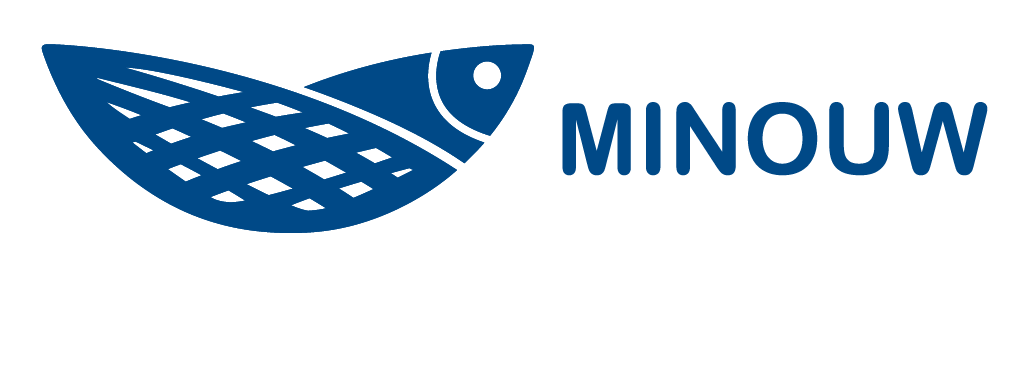Assessing the impact of light technologies in bottom trawl crustacean fisheries in Porto Santo Sefano, Italy
MINOUW partner & Lead scientist:
IBM (Consorzio per il Centro Interuniversitario di Biologia marina ed Ecologia Applicata) , Mario Sbrana
Fishing method and species:
Bottom trawl with 40-mm square mesh or 50-mm diamond mesh cod-ends. Species targeted are European Hake (Merluccius merluccius), Red Mullet (Mullus barbatus), Red Shrimp (Aristemorpha foliacea and Aristeus antennatus), Norway lobster (Nephrops norvegicus), and Deep Water Rose Shrimp (Parapenaeus longirostris).
What is the discards problem?
The Ligurian and Tyrrhenian bottom otter trawl fisheries are characterised by problems that affect most Mediterranean fisheries: multi-specific composition of the catch and the presence of a large number of juveniles of commercial species that are subject to minimum legal size.
Mediterranean Discards are particularly abundant in cases of low commercial value species such as Blackmouth Catshark (Galeus melastomus), and Greater Forkbeard (Phycis blennoides).
What activities did the MINOUW project carry out?
- Assessed the impact of using artificial lights (green/blue/white lights around the head rope and the upper panel of the net body) to reduce fish by-catch, while not losing catch of invertebrates.
- Assessed the impact of artificial lights both in terms of crustaceans catch efficiency and unwanted catches (size spectra and qualitative and quantitative composition of discards).
- Compared catch rates of target species (crustaceans) and unwanted catches in bottom trawling with and without lights.
- Identified the strategy actually used by local fishermen when using artificial light.
- Monitoring fish discarding practices.
- Estimating handling and sorting costs.
What outcomes were expected?
- To understand what factors lead to discarding practices and how new technologies (use of lights) can mitigate the problem of discards in bottom trawl fisheries.
- Foster fishers’ involvement in the process of finding solutions to mitigate the impact of the Landings Obligation in their activity.
- Encourage fishing practices and technologies that minimize fishing impact on ecosystems.
Results
The use of artificial lights on the headline of the trawl net has resulted in a significant reduction (-57%) in the capture of European hake under the MCRS in the fishery targeting deepwater pink shrimp. The use of artificial lights placed on the trawl net is a simple and economical solution to significantly reduce unwanted catches of European hake without loss of the commercial fraction.
For a full summary of results download the PDF here: (617kb)

